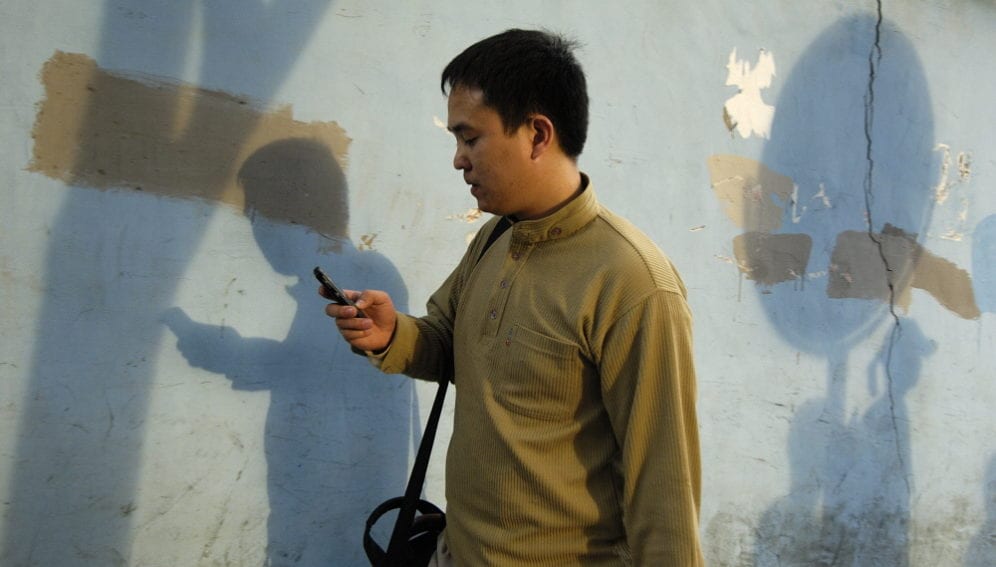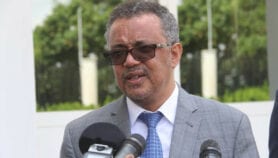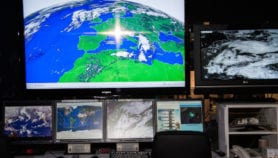By: Fatima Arkin
Send to a friend
The details you provide on this page will not be used to send unsolicited email, and will not be sold to a 3rd party. See privacy policy.
[MANILA] Easy-to-use communication tools such as text messaging or phone calls can be better harnessed to warn communities threatened by impending flood disasters, one of the most important causes of drowning.
“Mobile telephone networks are already well established even in low- and middle-income countries. We think it is a potential area for technological innovation,” says David Meddings, lead author of the first WHO global report on drowning (17 November).
According to the report, 372,000 people drown each year, of which 90 per cent occur in low and middle-income countries, with the highest rates in Africa, South-East Asia and Western Pacific regions. The highest rates for drowning are among children under five years of age.
But Meddings tells SciDev.Net that the stated global figure is “definitely an understatement,” partly because the way data are categorised excludes all deaths in flood disasters that are filed under “deaths due to forces of nature”.
The report itself mention that the official data doesn’t include drowning from incidents such as ferry disasters.
Although the risk of drowning during floods is well known, several countries in South-East Asia still do not have a robust information dissemination system to reach communities, particularly the rural poor.
For instance, many in Cambodia either do not receive warning messages or are only aware of the disaster once it has occurred, according to a study in 2011 conducted by the BCC World Service Trust for the Cambodian Ministry of Environment.
In 2012, another study found that media experts in Indonesia are struggling to gather information about climate change while it is still an “alien concept” to the general public.
But a growing number of government bodies and NGOs in the region are working to change that.
In the Philippines, President Benigno Aquino III signed a new law last June requiring telecommunications service providers to disseminate free warning messages (text, email or multimedia) about an incoming natural disaster. The messages should include the contact information of local governments and other pertinent agencies that can assist communities.
In Cambodia, InSTEDD iLab Southeast Asia, a non-profit dedicated to using Internet technology and data for humanitarian ends, partnered with the Czech-based NGO, People In Need, to pilot an early warning system that uses voice messages to warn communities of an impending disaster and also follows up its aftermath.
“Often, some communication from the government is needed to tell people when it’s safe to come back or whether they should go somewhere else,” Victoire Rio, the strategic partnerships coordinator at InSTEDD iLab Southeast Asia, tells SciDev.net.
“This is a channel that can be used for many purposes”, Rio adds.
This article has been produced by SciDev.Net's South-East Asia & Pacific desk.
References
World Health Organization Global report on drowning: Preventing a leading killer (WHO, 2014)














